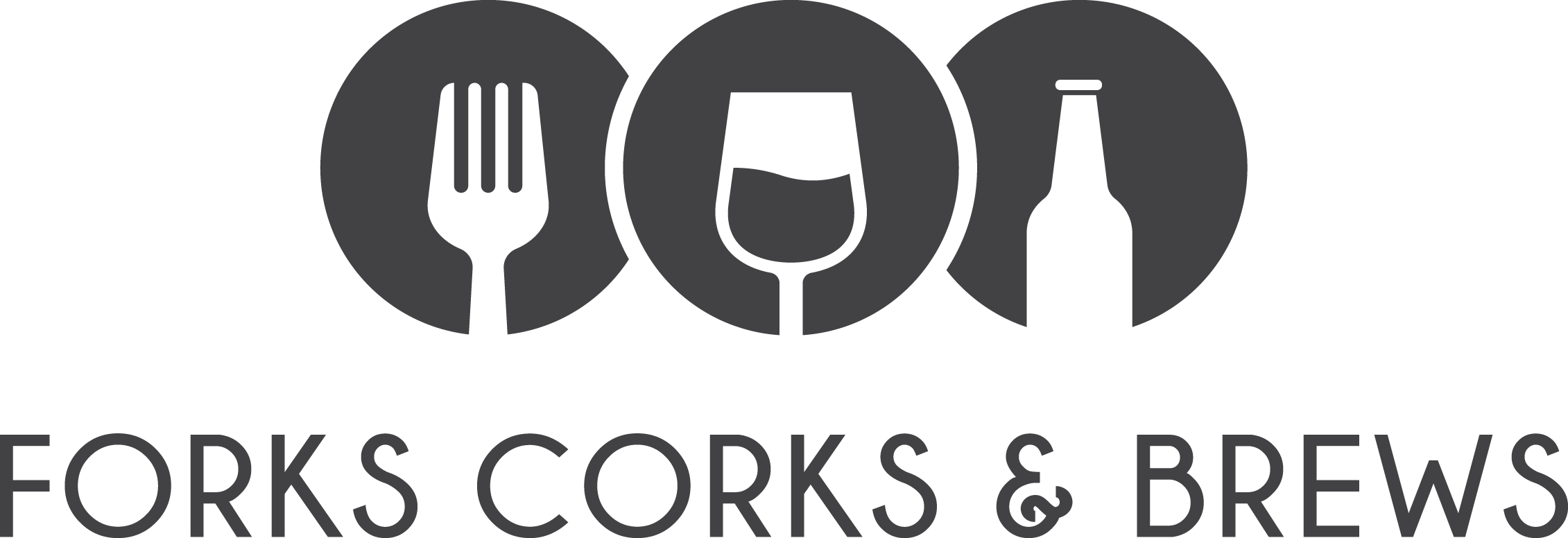Have you ever wondered about ricotta cheese? You might know it is an Italian cheese. But, what and how is it made? What can you use it in?
Ricotta can technically be made from the milk of cows, sheep, goats, or water buffalo. Okay. That is a big variety. Usually, the ricotta we buy at the grocery store here in the US is made from the milk of cows.
Ricotta actually translates to recooked in Italian. Ricotta is also what’s called a “whey cheese.” When you make cheese, you separate milk into two distinct things. You have the solids, called curds, which will be separated out and pressed to form cheese. And you have the liquid that is left behind, called whey.
Most cheeses we are familiar with are made from the curds. Ricotta, at least traditionally, is made from the tiny bit of curd left behind in the whey.
Cheesemakers make whatever cheese they want to make with the curds, and then repurpose the leftover whey to create ricotta. The whey is heated, usually after a small addition of whole milk and some form of vinegar or citrus juice. The remaining curds start to coagulate. The curds will become larger and more solid and, eventually, the pot will be emptied into a portion of cheesecloth and strained. Once the cheese cloth is emptied of any remaining whey, you will be looking at a bunch of fluffy, white ricotta.
This is how ricotta is traditionally made. You might say it is a way to put all that leftover whey to good use. Here in the US, we tend to make ricotta from whole milk instead of whey. In this case, the process is the same as making any other cheese. Heat the milk, coagulate it in some way, and then strain the curds from the whey to form a soft, fresh, spreadable cheese product.
Ricotta is a fresh cheese with a lot of moisture in it. For many recipes, you will want to drain or strain it so your finished dish does not get too runny. Place some cheesecloth in a strainer and let the ricotta sit for a couple of hours. Then, use it however the recipe says.
Ricotta is great in dips, as filling for your lasagna, as a substitute for yogurt, as a filling in cheesecake, as dessert, as an appetizer…the list is practically endless.
We have several recipes where we like to use ricotta. Let us know if you have some favorites.
